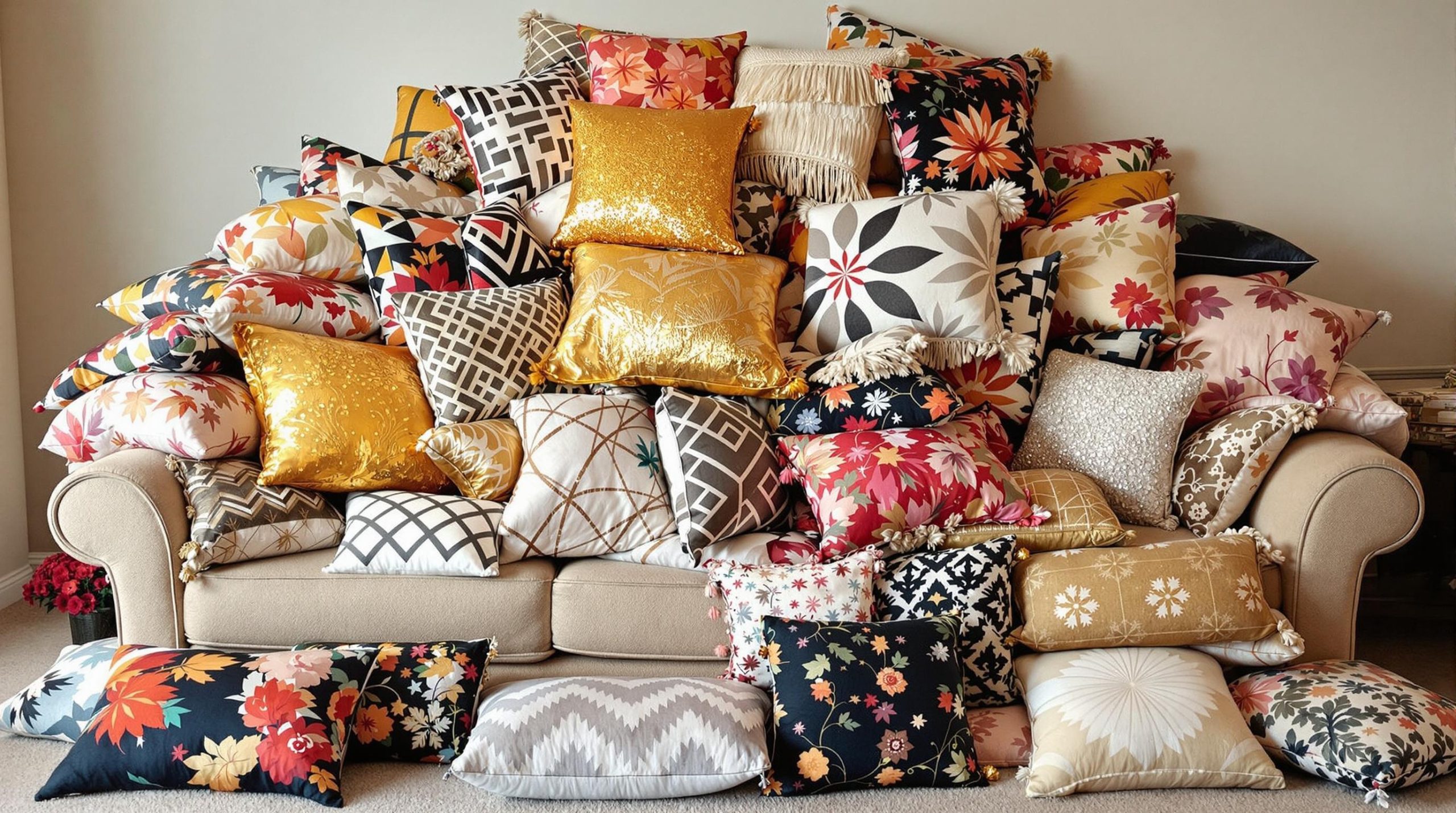In the ever-evolving world of interior design, not all popular trends deliver the sophisticated look homeowners hope for. Some widely adopted design choices can actually make spaces appear less expensive and less thoughtfully designed. Here are ten home trends that often miss the mark on elegance but continue to be embraced nonetheless.
1. Exposed Wood “Farmhouse” Elements
The farmhouse trend introduced charming rustic elements to modern homes, but its mass commercialization has led to spaces that feel contrived rather than authentic. Signs literally labeled “farmhouse,” distressed furniture that was clearly artificially aged, and barn doors installed where they make no architectural sense often create a theme-park version of country living rather than a sophisticated rustic aesthetic.
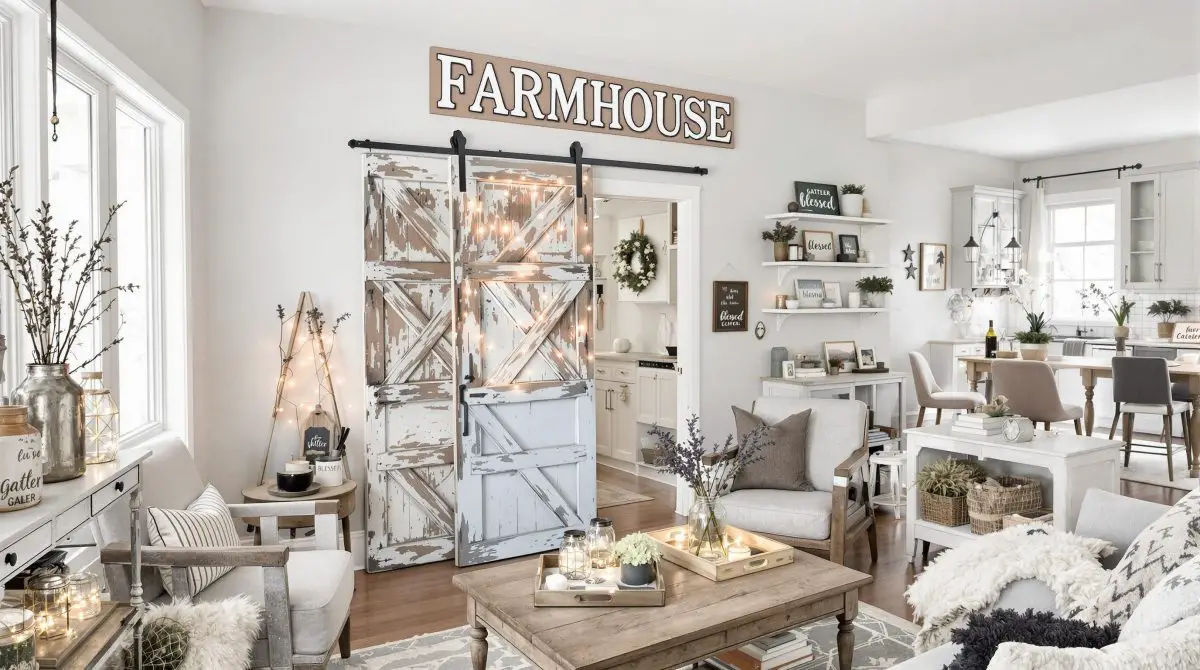
2. Accent Walls in Bold Colors
The accent wall had its moment, but this trend can make spaces feel dated and unbalanced. A single wall painted in a bright or dark color often appears as though the homeowner couldn’t commit to a complete design vision or ran out of paint. Consider more subtle ways to create visual interest, such as textural elements, architectural details, or thoughtfully placed artwork.
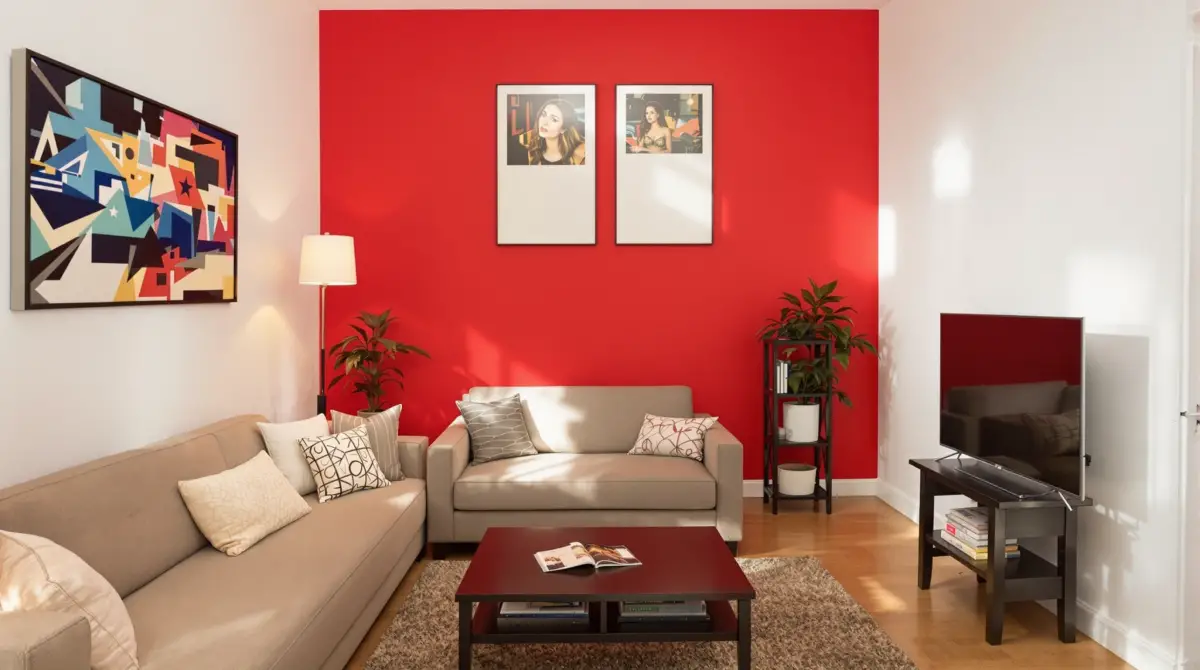
3. Excessive Throw Pillows
While throw pillows can add comfort and style, overcrowding sofas and beds with them often creates a cluttered, chaotic look. Too many pillows, especially mismatched ones or those with competing patterns, can overwhelm a space and make it appear disorganized rather than designed. Select a thoughtful arrangement of quality pillows that enhance rather than dominate your furniture.
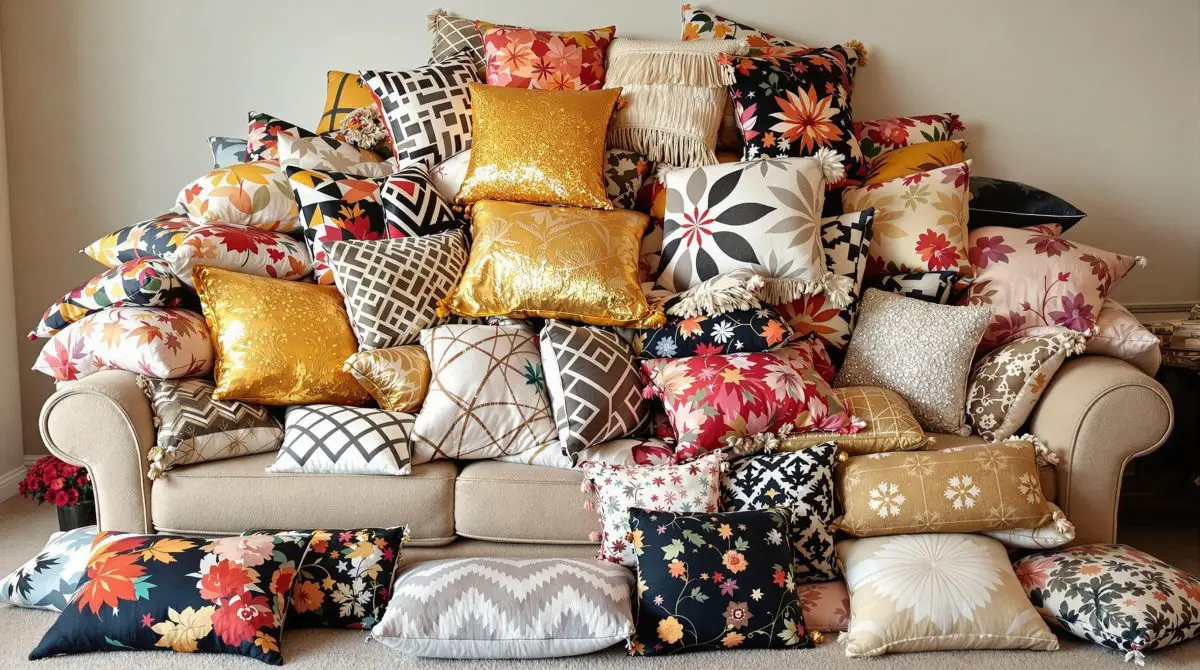
4. Vinyl Flooring That Mimics Luxury Materials
Budget-friendly vinyl flooring that attempts to replicate hardwood, marble, or other premium materials often falls short of the desired effect. While vinyl technology has improved, many options still have a telltale artificial appearance that detracts from a home’s overall aesthetic. If possible, invest in authentic materials for high-visibility areas and save the convincing vinyl alternatives for spaces where durability is paramount.
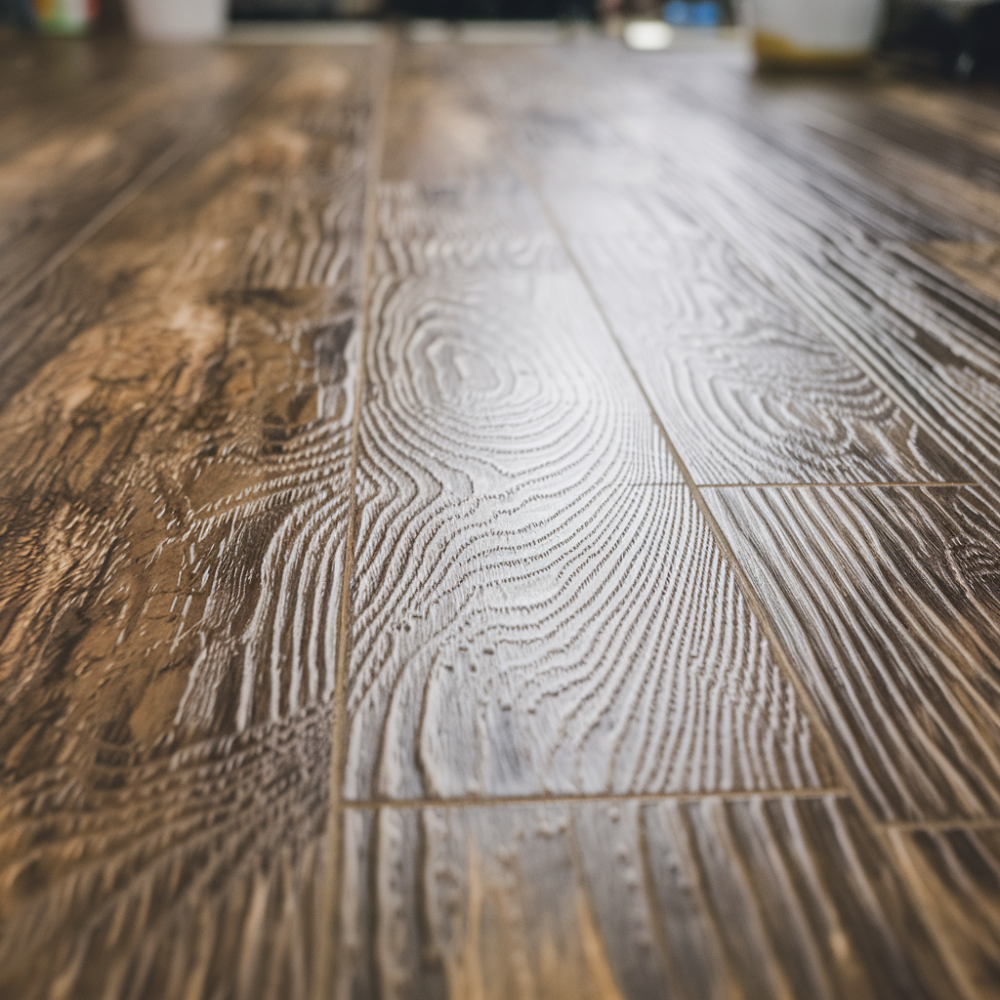
5. Mass-Produced “Vintage” Decor
Items designed to look antique or vintage but clearly manufactured recently often lack the character and craftsmanship of genuine historical pieces. These reproductions, with their uniform “distressing” and perfect imperfections, often appear contrived rather than authentic. When possible, incorporate actual vintage finds that bring genuine history and uniqueness to your space.
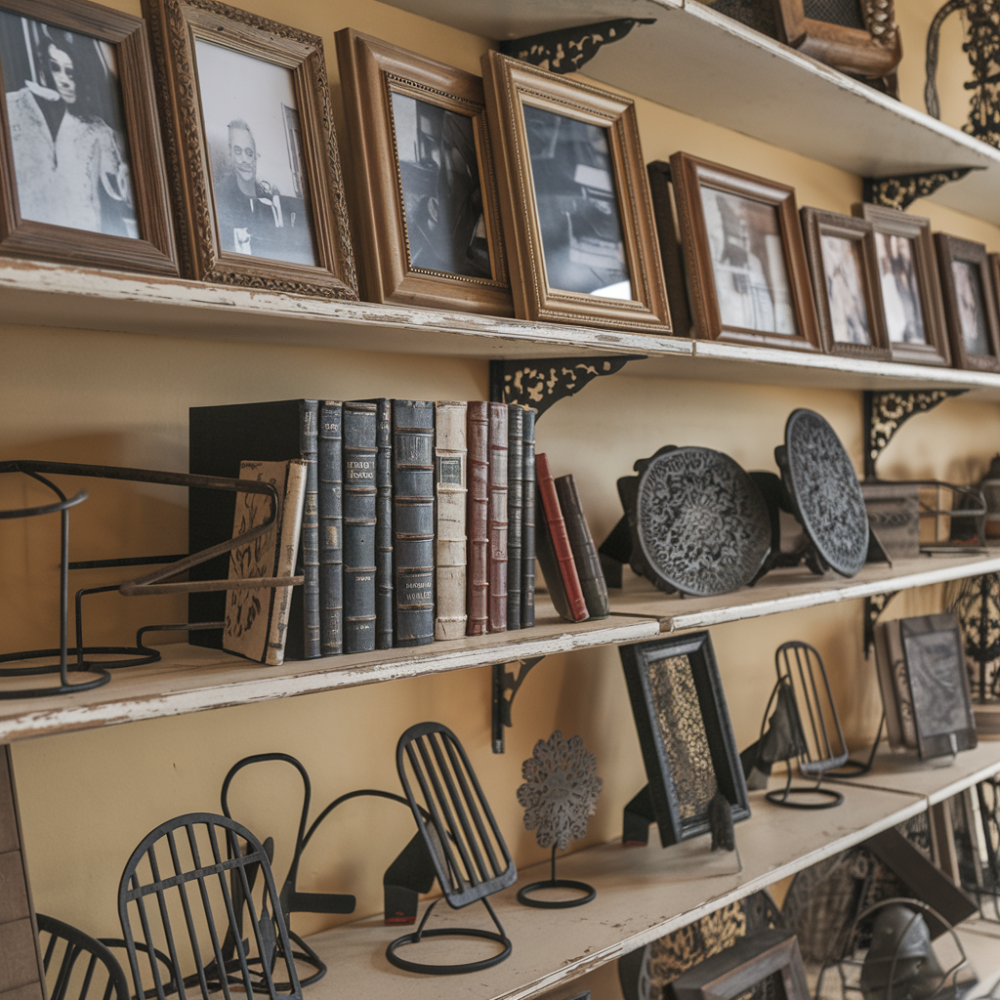
6. Word Art and Inspirational Signs
Those “Live, Laugh, Love” signs and similar text-based wall decorations have saturated the home decor market for years. While they attempt to add personality, these mass-produced pieces often look generic and lack the authentic character that makes a home unique. Instead of relying on words to express your style, consider original artwork or photographs that convey meaning without spelling it out literally.
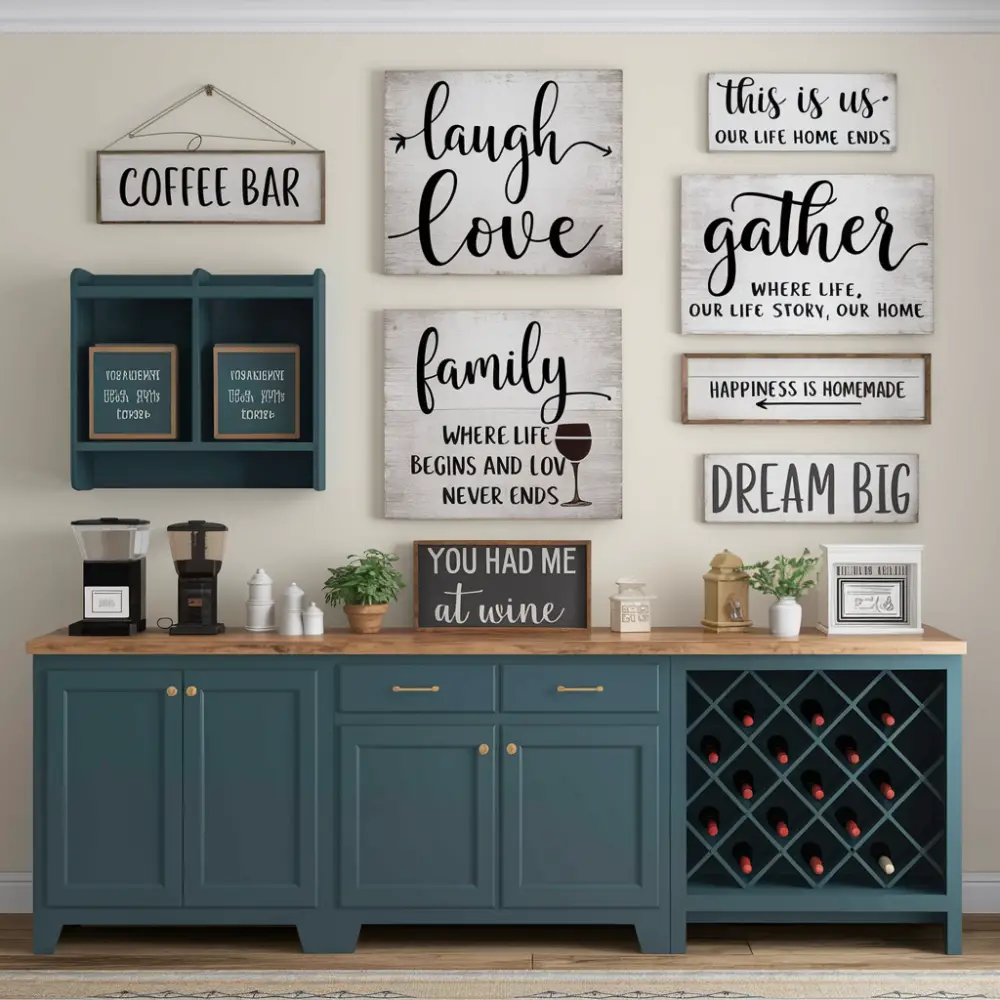
7. Overly Themed Rooms
Whether it’s a beach-themed bathroom complete with seashell soap dispensers and lighthouse figurines or a Tuscan kitchen with grape motifs and faux stone finishes, heavily themed rooms often feel forced and dated. These spaces sacrifice timeless design for novelty and can quickly become visually overwhelming. Instead, incorporate subtle nods to your favorite aesthetics through more restrained design choices that won’t feel tiresome after a season.
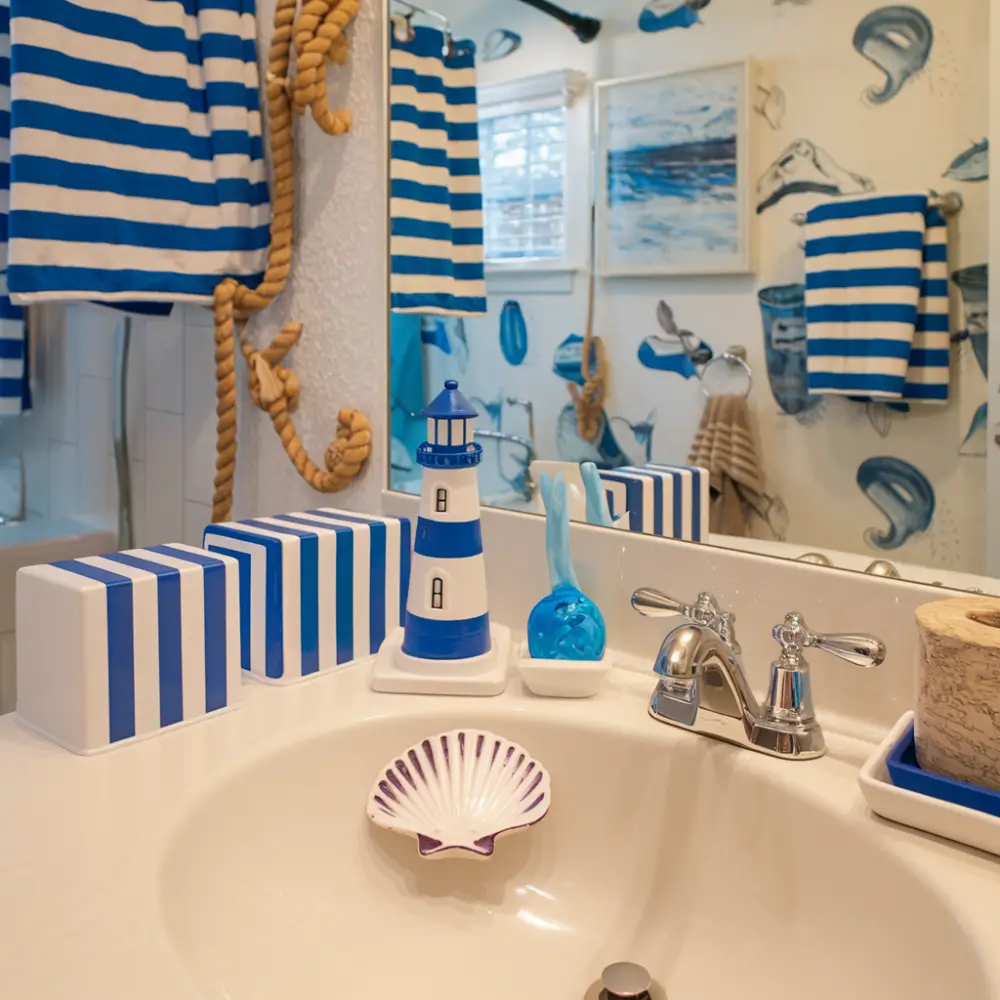
8. Peel-and-Stick Backsplashes
While these adhesive tiles offer an affordable alternative to traditional tile work, they frequently fall short in creating a high-end appearance. The thin material, visible seams, and often unrealistic patterns can make kitchens and bathrooms look hastily updated rather than thoughtfully renovated. The edges tend to curl over time, especially in humid environments, further diminishing their appeal. For a more lasting impression, consider saving for ceramic tile or exploring more convincing alternatives like tin ceiling tiles or beadboard.
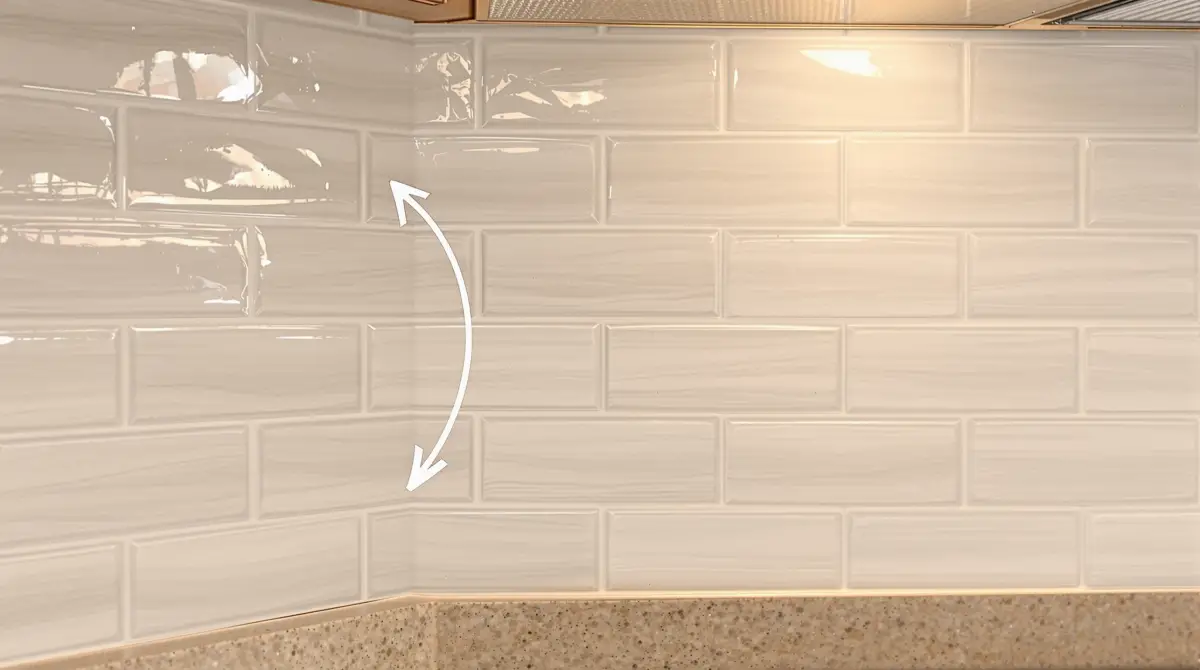
9. Fake Shiplap and Stick-On Wood Panels
The popularity of farmhouse and rustic styles has led to numerous peel-and-stick wood-look products that attempt to mimic the charm of authentic shiplap or reclaimed wood. Unfortunately, these products often lack the dimension, texture, and natural variation of real wood. The uniform appearance and perfect “distressing” typically read as artificial from any distance. If authentic wood isn’t in the budget, consider using paint techniques or focusing on other architectural details that don’t try to imitate natural materials.
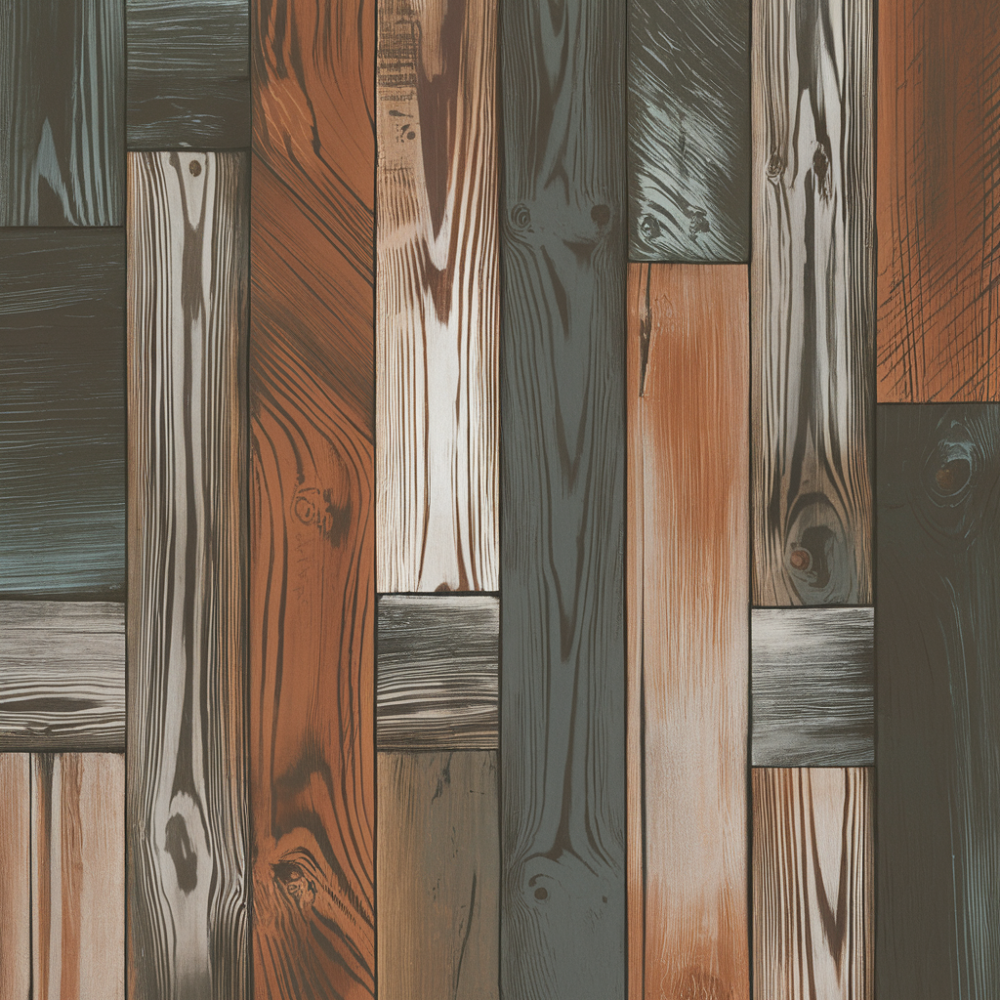
10. Plastic Landscaping Edging
Those black plastic borders around garden beds and walkways might seem like a practical solution, but they often create a jarring, artificial boundary in otherwise natural settings. The material frequently becomes brittle, cracks, or pops out of the ground after seasonal temperature changes. More sophisticated alternatives include natural stone, metal edging that develops a patina over time, or even a simple trench edge that creates a clean division without introducing foreign materials.
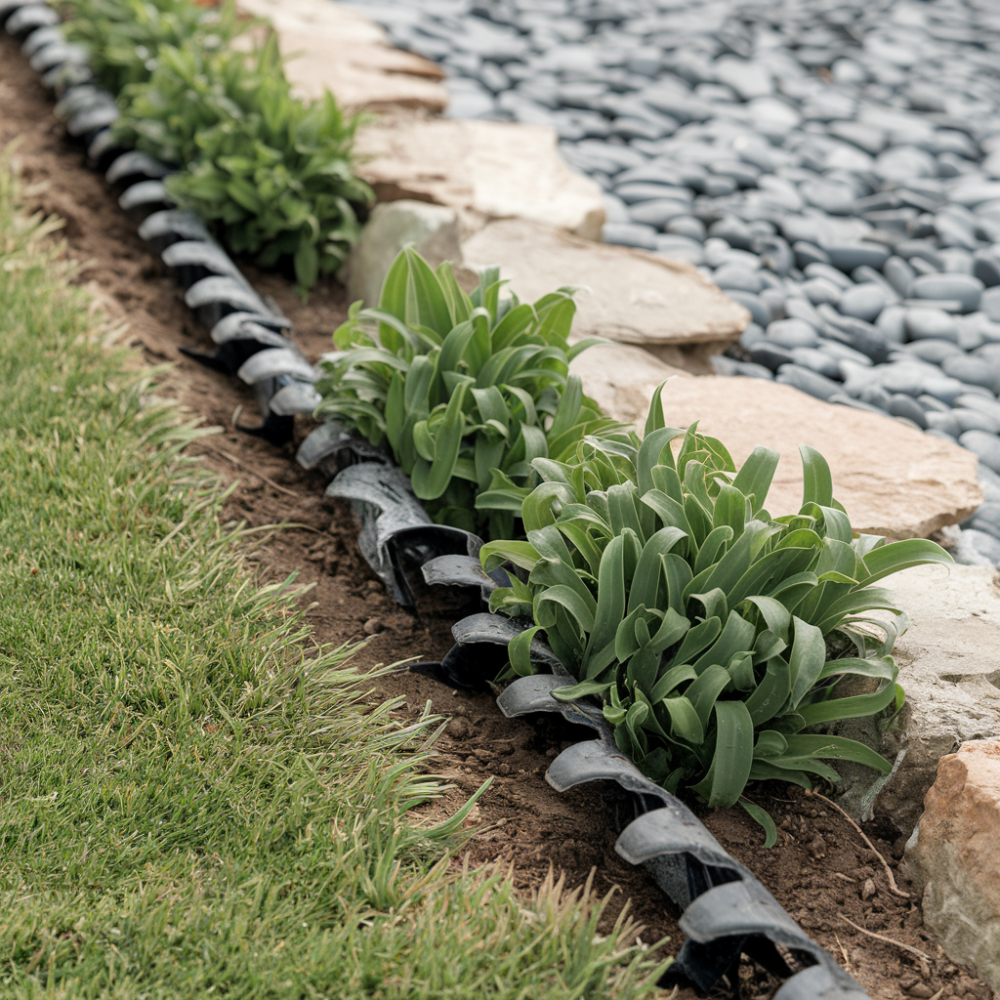
11. Mass-Produced Canvas Prints
Generic canvas prints featuring city skylines, abstract patterns, or inspirational quotes have become ubiquitous in home decor stores. While they fill wall space affordably, these mass-produced pieces lack the uniqueness and character that make a home feel personal. The thin canvas, machine-perfect edges, and often low-resolution images create a hotel-room aesthetic rather than a curated home gallery. Consider supporting local artists, framing personal photographs, or exploring vintage art sources for pieces with more substance and story.
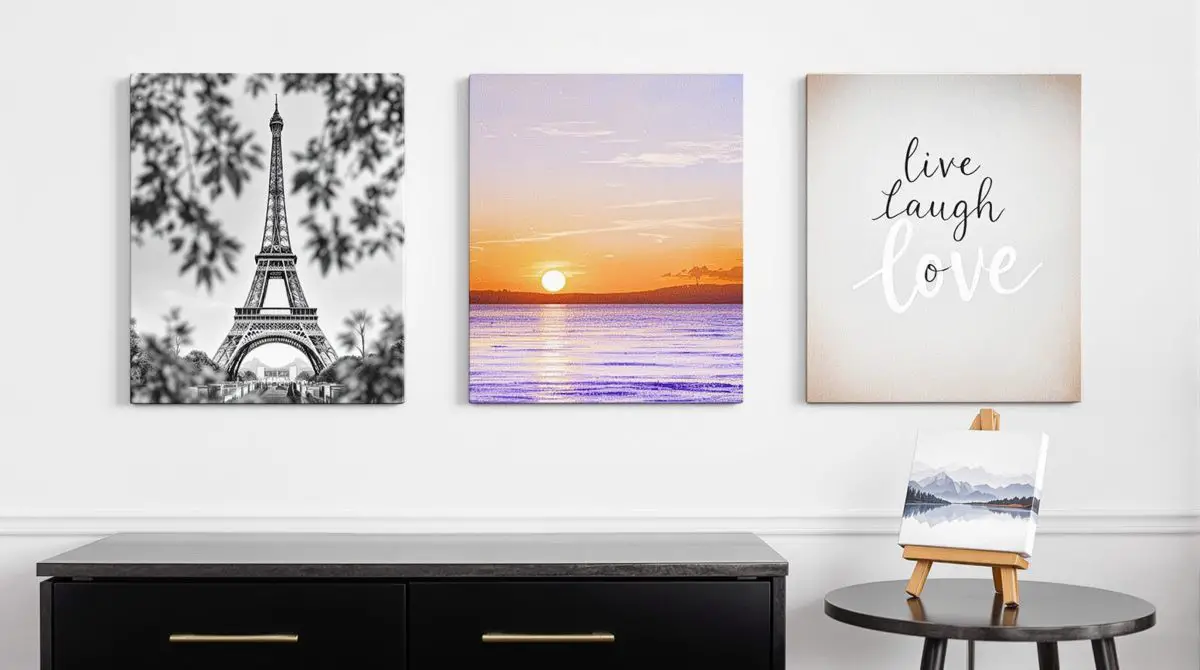
12. Too Many DIY Painted Furniture Pieces
The chalk paint and furniture upcycling trend has inspired countless DIY projects, but rooms filled with multiple painted pieces often appear unbalanced and amateurish. Common issues include visible brush strokes, inadequate preparation, and colors that clash with the room’s overall palette. While one or two carefully refinished items can add character, an excess of painted furniture—especially in bright or trendy colors—can make a space feel like a craft project rather than a cohesive design. Balance painted pieces with natural wood tones and other materials for a more sophisticated look.
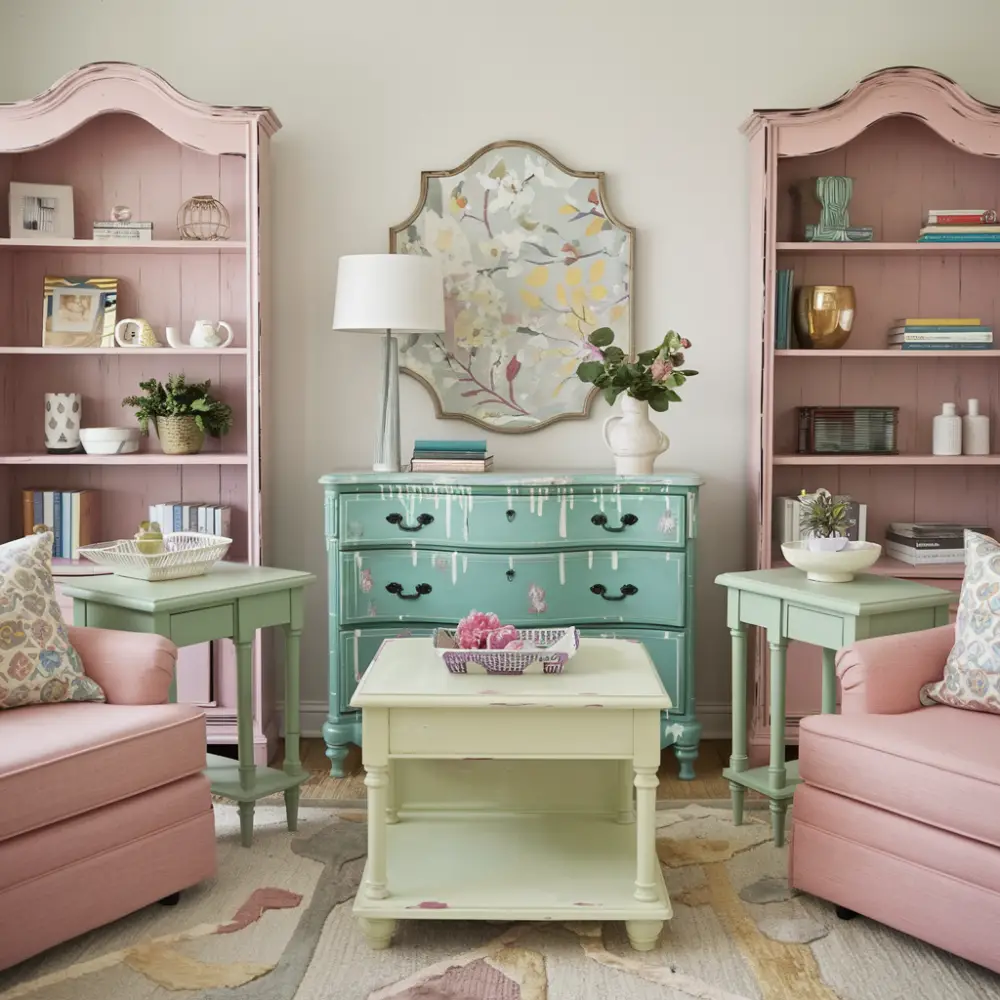
13. Fake Plants That Look Too Fake
Artificial greenery has come a long way, but low-quality faux plants remain one of the most immediately identifiable budget choices in home decor. Plastic-looking leaves with uniform color, perfect symmetry, and dust-collecting surfaces signal corner-cutting to visitors. If live plants aren’t feasible, invest in high-quality artificial options with natural variations, realistic stems, and proper proportions. Alternatively, explore truly low-maintenance live options like snake plants, pothos, or ZZ plants that thrive with minimal attention.
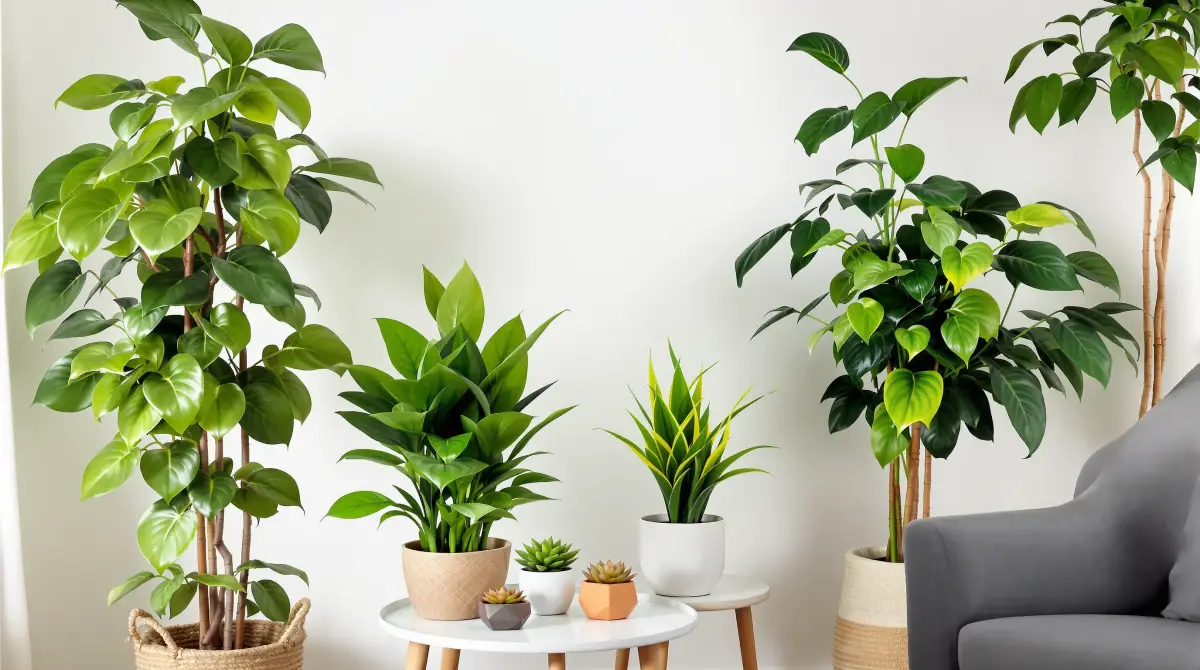
14. Over-the-Top LED Lighting
Color-changing LED strip lights have become increasingly popular, especially in entertainment spaces and teenagers’ rooms. While they offer flexibility, these installations often create a carnival-like atmosphere that feels more appropriate for a gaming arcade than a sophisticated home. The harsh, direct light and sometimes garish color combinations can make even well-designed spaces look tacky. For more elegant lighting effects, consider warm-temperature LEDs in cove lighting applications, under-cabinet illumination, or strategic accent lighting that enhances architecture rather than competing with it.
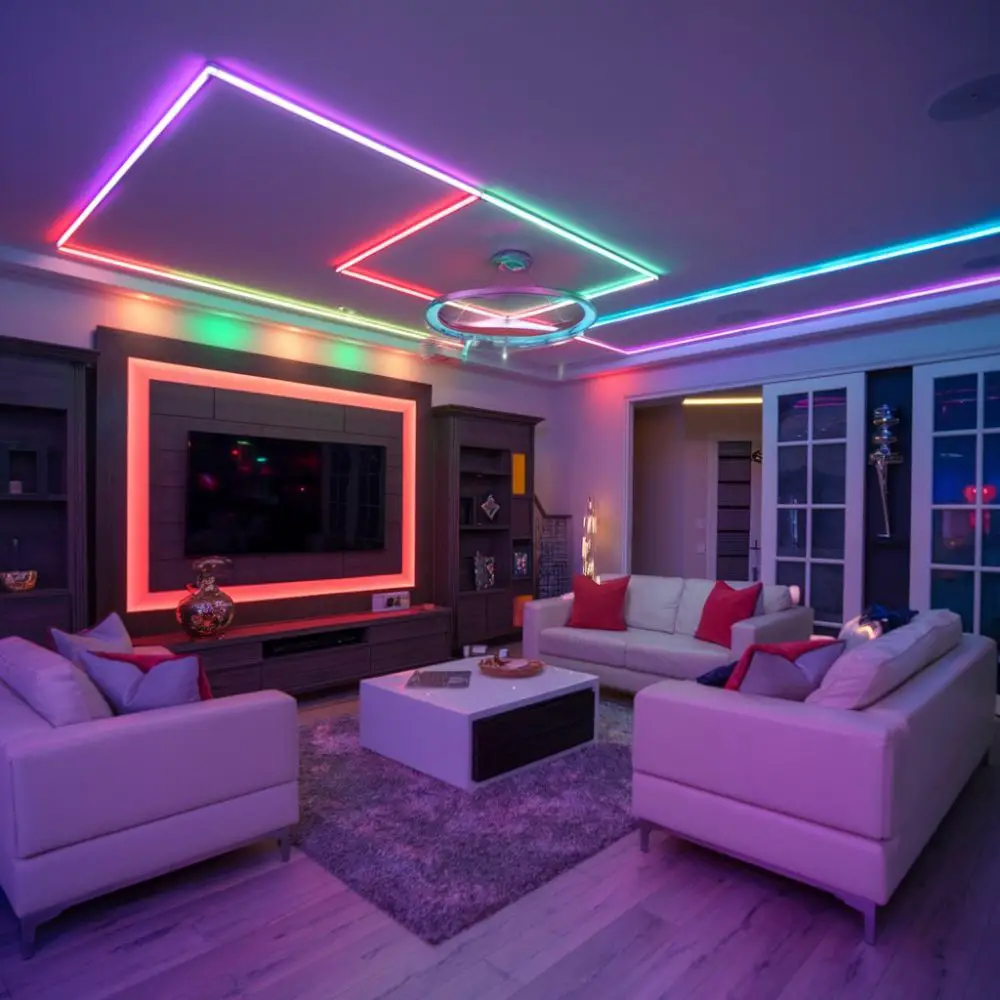
While design is ultimately subjective and personal preference should always take precedence, being aware of these potentially problematic trends can help homeowners make more informed decisions about their spaces. The most successful interiors typically balance current styles with timeless elements, creating environments that feel both contemporary and enduring.

